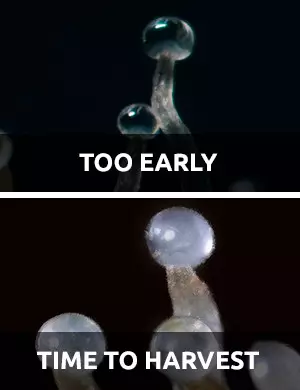
8 Ways to Increase Trichome Production
Last updated: 28 September 2021
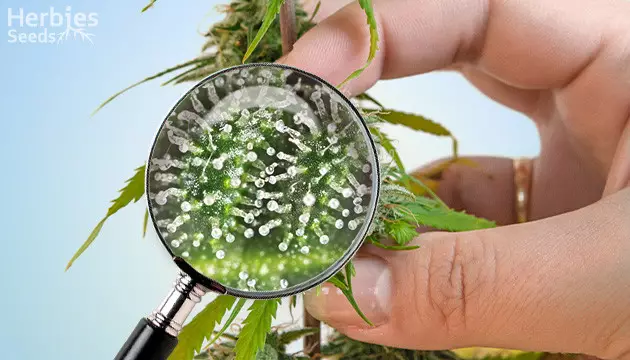
A trichome is a resin gland that contains all the good stuff. It is where all the THC, CBD, and other cannabinoids and terpenes are produced. So naturally, the more trichomes your bud develops, the stronger and more flavorsome and aromatic it will be.
First and foremost, it’s important to pick a strain with outstanding genetics from a renowned breeder, as this is the first step to producing trichome-laden bud. You should also make sure your chosen strain is naturally high in THC.
Aside from this, there are strategies you can implement as a grower in order to help this process. In this article, we cover all the ways you can increase trichome production.
Increasing the Number of Trichomes
It’s not widely known that cannabis flowers produce three different types of trichomes. These are known as bulbous trichomes, capitate sessile trichomes, and capitate stalked trichomes, the last of which contain the bulk of the THC and terpenes. In order to boost production of this gland, we need to utilize:
Accurate Harvest Planning

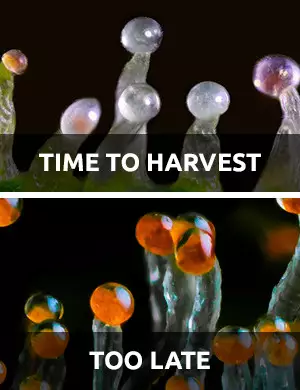
It can be very tempting to harvest too early. Most beginner growers are simply too excited to sample the fruits of their labor. However, this is not how to get more trichomes. You will have been given a harvesting window by the breeder; however, this is just a guide, since different phenotypes ripen at different times. So, you need to have a much closer look at your trichomes by using a microscope, your phone’s camera, a high-quality magnifying glass, or a jeweler’s loupe.
If your trichomes are clear or translucent, they’re not yet ready to harvest, as cannabinoid production is still in full swing. When all trichomes have become cloudy, you’ve reached peak THC production, and buds should be harvested if you’re seeking more of a mental high.
When amber colors begin to appear, it’s a sign that your THC is beginning to degrade into cannabinol (CBN), which is useful for inducing more of a body high. Some growers like to harvest their bud the very first day they see amber-colored trichomes, while others wait just a little longer to see around 30% of the trichomes turn amber – it’s a question of preference.
Proper Lighting and UVB Rays
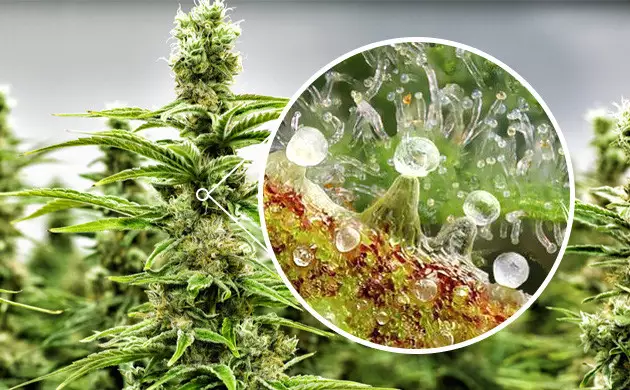
Cannabis plants produce trichomes for a couple of reasons. Just as humans produce melanin to protect us from ultraviolet radiation, cannabis plants produce resinous trichomes. Plants that receive UVA-spectrum lighting for the duration of their grow will produce more trichomes.
A small amount of UVB radiation enters the Earth’s atmosphere, mainly around midday, and at the higher elevations of mountainous regions. Too much of this will damage your plant, just as it causes skin cancer in humans. However, research has shown that exposure to UVB lighting in the final two weeks of flowering is a good answer to how to increase resin production. You could consider introducing a metal halide or LED light that emits this spectrum in the final two weeks of your grow.
Different Training Methods
Training your cannabis plants is a good way to increase trichome production. Low-stress training (LST) methods will open up your plant, allowing it to receive more light. It also allows better airflow around your bud sites, which means your plants are going to be happier – and happier plants mean more trichomes. High-stress training (HST) methods will help to increase yields, and therefore also trichomes. Everything you need to know about different training techniques can be found here.
Nutrients that are Specific for Blooming

The right combinations of nutrients can be a valuable trichome booster for your cannabis plants. As they leave the vegetative stage and head into flowering, they stop using as much nitrogen and instead require more phosphorous and potassium. There are countless nutritional supplements available today that provide optimized ratios of these minerals, designed to boost your flower yields and potency. These supplements tend to be highly concentrated, so make sure you follow the manufacturer’s dilution instructions and feeding schedules in order to increase trichome production without harming the plant.
Dialing in the Environment
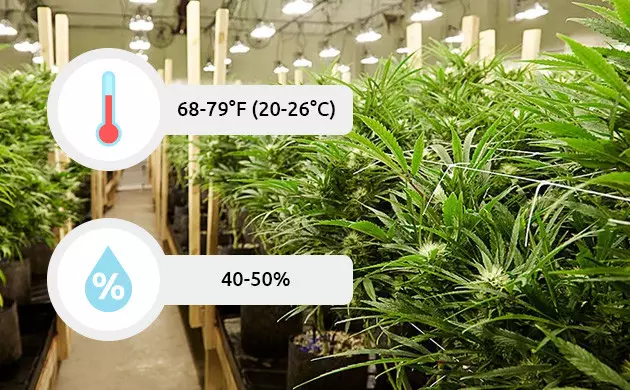
As we just mentioned, happy plants produce more trichomes. Making sure the surrounding environment is perfect for your plants is an excellent way to make buds frosty. They need to grow in the right temperatures and humidity levels to function to their full potential.
While higher temperatures and humidity are conducive to vegetative growth, these need to be lowered as you enter the flowering phase. Look to keep temperatures between 20-26oC (68-79oF) while aiming humidity to sit around 40-50%. This can be lowered slightly in the final week before harvest. Try to automate if possible, using technology to regulate these levels for you.
Darkness Before Harvest
There’s little to go on here but anecdotal evidence, although many growers swear by a dark spell to increase resin production before harvest. The idea is that it causes a good kind of stress on the plant. We have conversed with experienced growers, some of whom have expressed doubt that depriving their plants of light at such a crucial stage of production is good for them. However, if you want to experiment with yours, we recommend starting with a shorter dark period of between 24-48 hours.
Stress Caused by Drought
A 2019 study by HortScience, a publication of the American Society for Horticultural Science, found drought stress to be an “effective horticultural management technique to maximize” both cannabis yields and cannabinoid production. The results were quite astounding. In this study, plants were introduced to an 11-day dry spell, 7 weeks into the flower cycle. This resulted in a 50% spike in THC and a whopping 67% increase in cannabidiol (CBD) production.
It should be noted that this technique will not work with all strains of cannabis, and growers should have some experience before implementing this method. If you would like to give it a try, commence your drought mid to late flowering cycle. Make sure your growing medium dries slowly and keep a watchful eye on your plants for any signs of wilting.
Wilting is determined by leaves lowering more than 50% from their normal angle of growth. In the study above, this occurred after 11 days, after which time the plants were watered. If your wilting occurs well before the 11 days, consider your experiment over and give your plants a much-needed drink.
Minimal Contact
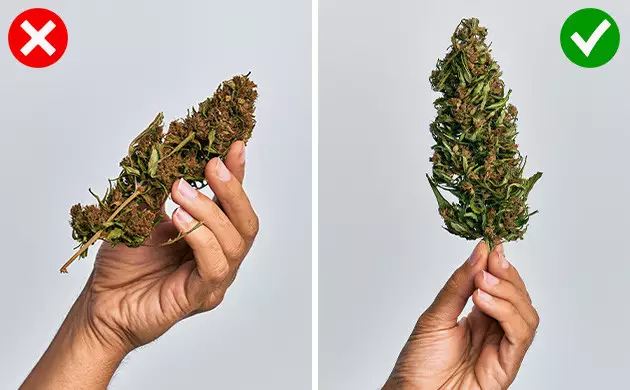
Trichomes are unbelievably delicate and can fall off with just the slightest bit of contact. Then all those lovely cannabinoids and terpenes will simply evaporate into the atmosphere. It’s therefore imperative that you avoid contact with your bud as much as possible, no matter how tempting it may be to squeeze and stroke it. Take care also when harvesting, trimming, and storing your bud. This is a vital way to keep more trichomes on buds. Use latex-free gloves, making sure to minimize the amount you shake your plants. You won’t be able to see it happening, but every time you disturb the plant, valuable trichomes are being dislodged.
Now You Know how to Get More Trichomes on Buds
If you’ve ever wondered how resin production can be increased in a cannabis garden, you’ll need to follow these steps. First, choose a strain with great genetics. Use adequate lighting, train your cannabis, and make sure the grow conditions are perfect. Select different training methods and nutrients specific to flowering. Finally, try to minimize contact with your bud, and consider putting your plants through a controlled dry spell.
Herbies Head Shop expressly refuses to support the use, production, or supply of illegal substances. For more details read our Legal Disclaimer.

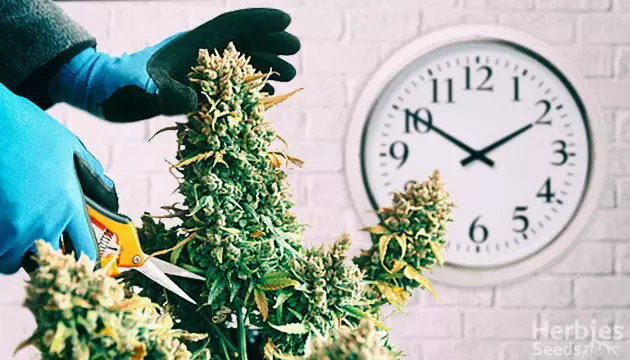
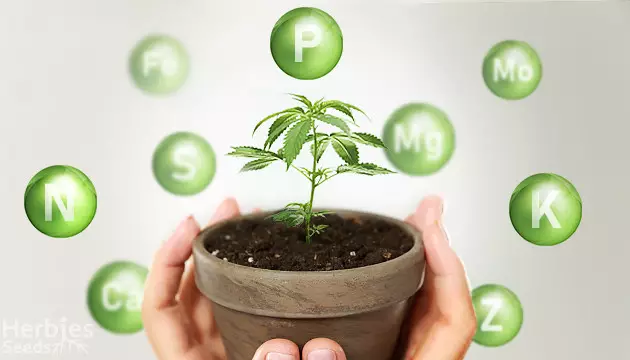
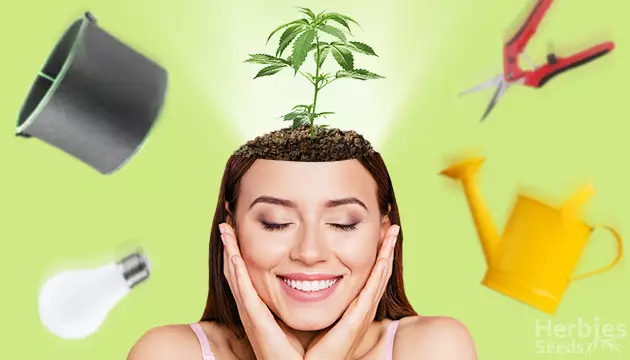




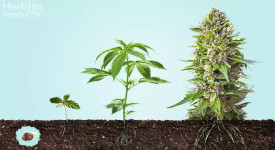


Thank you for leaving a comment for us!
Your feedback will be posted shortly after our moderator checks it.
Please note that we don’t publish reviews that: